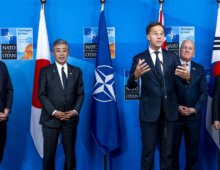|
Analysis Why South Korea will concede to US plans to use troops on peninsula for TaiwanTrump’s Indo-Pacific pivot leaves Seoul little room to object, but it has leverage to bargain for strategic returns John LeeApril 24, 2025 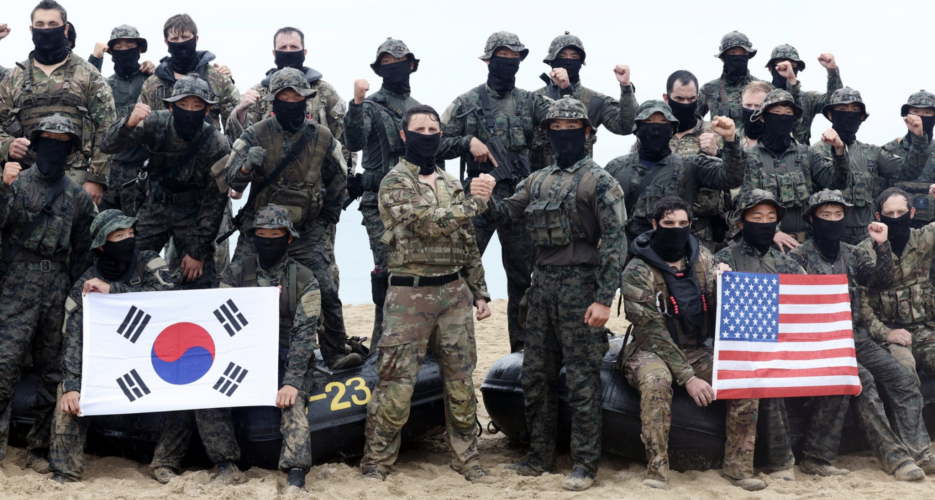 U.S. and South Korean special forces train together, Aug. 29, 2023 | Image: ROK Ministry of National Defense via Facebook Washington is poised to change the mission of U.S. Forces Korea (USFK) to prioritize regional contingencies, particularly a conflict in the Taiwan Strait, and while South Korea will likely accept the shift, it will demand concessions in return. The Trump administration has not formally announced a change to USFK’s role, but the strategic shift is already underway. The Pentagon’s quiet removal of multiple Patriot systems from South Korea for redeployment to the Middle East signal that Washington no longer treats the Korean Peninsula as a distinct theater of war. Driving this transformation is the convergence of two key ideas: Japan’s proposed “one theater” doctrine and the rising influence of Under Secretary of Defense for Policy Elbridge Colby’s “deterrence-by-denial” framework. The one-theater concept, if implemented, would merge the Korean Peninsula, East China Sea and South China Sea into a single operational theater for a joint warfighting command. Meanwhile, Colby’s doctrine, endorsed by U.S. Defense Secretary Pete Hegseth, prioritizes defending Taiwan from Chinese military action even if it means deprioritizing other regional contingencies. Hegseth notably told his French counterpart, Sebastien Lecornu, last week that the U.S. could no longer be expected to act as the “permanent guarantor” of European security. Under this framework, USFK is no longer a static force. It is a pool of deployable assets that may be repositioned quickly in the event of a Taiwan contingency. The expectation in Washington is clear: Seoul must prepare for a world in which U.S. forces based in South Korea are used to deter China, not just North Korea. 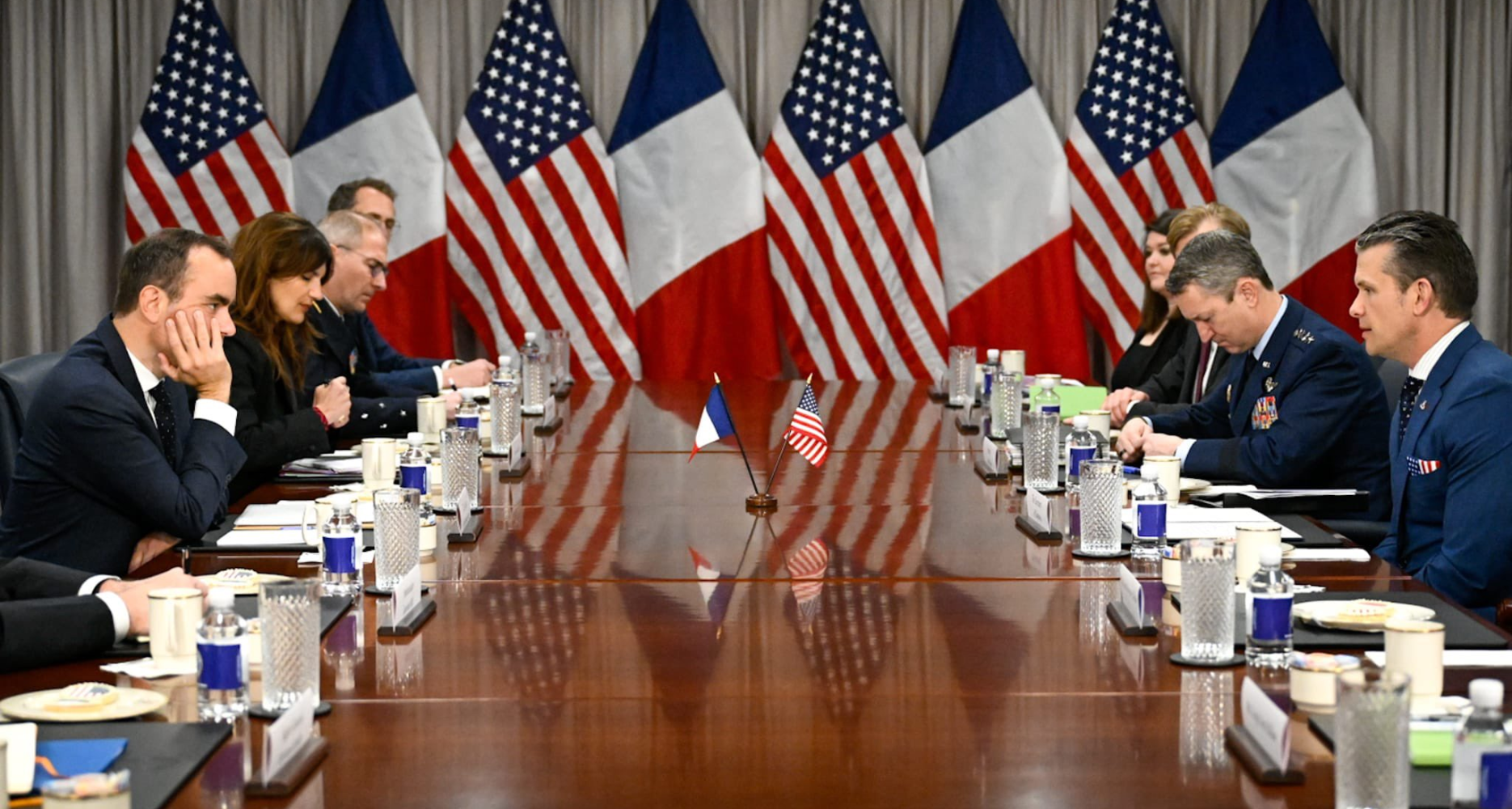 U.S. Secretary of Defense Pete Hegseth meets with French Minister of the Armed Forces Sabastien Lecornu, April 18, 2025 | Image: Armed Forces Ministry of France via Twitter WHY SEOUL WILL CONCEDE South Korea is in the midst of a leadership transition following the Constitutional Court’s unanimous decision to uphold former President Yoon Suk-yeol’s impeachment earlier this month, and key political figures have launched their campaigns for the presidency. Both the interim government and the next administration will likely raise objections to Washington’s plans to radically alter USFK’s mission, but Seoul will ultimately acquiesce. Despite the strategic and geopolitical discomfort the shift would entail, several structural constraints and risks make outright rejection implausible. First, the U.S. security presence in South Korea remains central to deterring North Korean aggression. Redeploying U.S. troops to respond to a Taiwan crisis could weaken this deterrent posture. But rather than blocking the change, Seoul is more likely to seek reassurances and compensatory measures as its security dependence on Washington leaves it with few real alternatives. Second, while Seoul worries that permitting USFK to respond to a Taiwan contingency would antagonize Beijing, it also understands that refusing to cooperate with Washington could trigger deeper strategic isolation. Alienating its principal ally amid an intensifying global trade war and contracting economy — all while China redraws the region’s maritime borders — would be far more destabilizing for South Korea. Third, Seoul cannot discount the possibility of further U.S. economic retaliation. President Donald Trump’s imposition of steep reciprocal tariffs on South Korean goods — though currently suspended — provides a precedent. Reinstating or expanding those measures, which may include penalties on key South Korean exports, such as semiconductors, automobiles, batteries and electronics, would impose significant political and economic costs. Having failed to sufficiently diversify its trade reliance on the U.S., Seoul will likely recognize that cooperation is the more economically viable path. 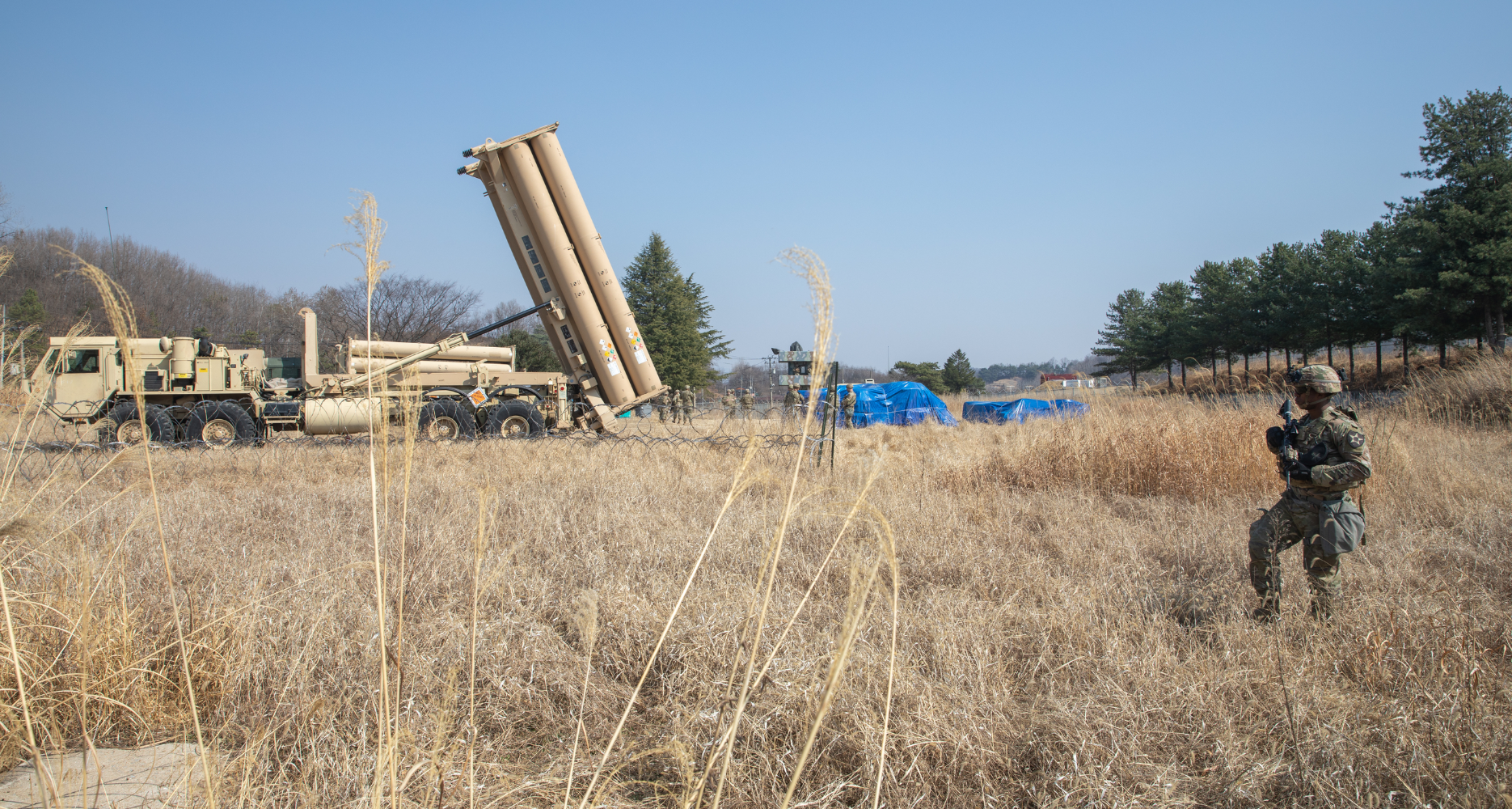 Terminal High Altitude Area Defense system during Freedom Shield training exercise, March 19, 2023 | Image: U.S. Forces Korea Fourth, the asymmetry in the alliance relationship has been made explicit by Washington’s unilateral decisions — such as removing key air defense systems. Although the two countries elevated their alliance when the Biden administration included Seoul in planning and consultation on nuclear strategy via the Nuclear Consultative Group, rejecting plans to update the USFK’s mission could see a reversal in Seoul’s influence in alliance decision-making. Fifth, the nuclear threat from North Korea is ever-present. A visible weakening of the U.S.-ROK alliance would embolden Pyongyang and increase the risk of coercion or nuclear blackmail. For any South Korean government, maintaining the credibility of extended deterrence is non-negotiable. Moreover, Seoul may have little choice in the matter. Even if South Korea seeks to avoid entanglement in a Taiwan contingency, China is highly likely to target U.S. forces stationed on the peninsula in the opening hours of any conflict. Notably, a U.S. Air Force C-17 Globemaster III carrying COVID-19 vaccines for Taiwan departed from Osan Air Base in June 2021, which did not go unnoticed in Beijing. The same airlift infrastructure could be repurposed in a future contingency to move troops, armored vehicles or emergency supplies. In the event of a Chinese invasion of Taiwan, the People’s Liberation Army will likely launch missile strikes on Osan Air Base to neutralize forward-deployed U.S. airpower in South Korea regardless of Seoul’s political stance. Ultimately, Seoul’s strategic position compels accommodation. The challenge for Seoul is not so much in resisting change, but rather in minimizing its vulnerabilities and extracting tangible benefits. 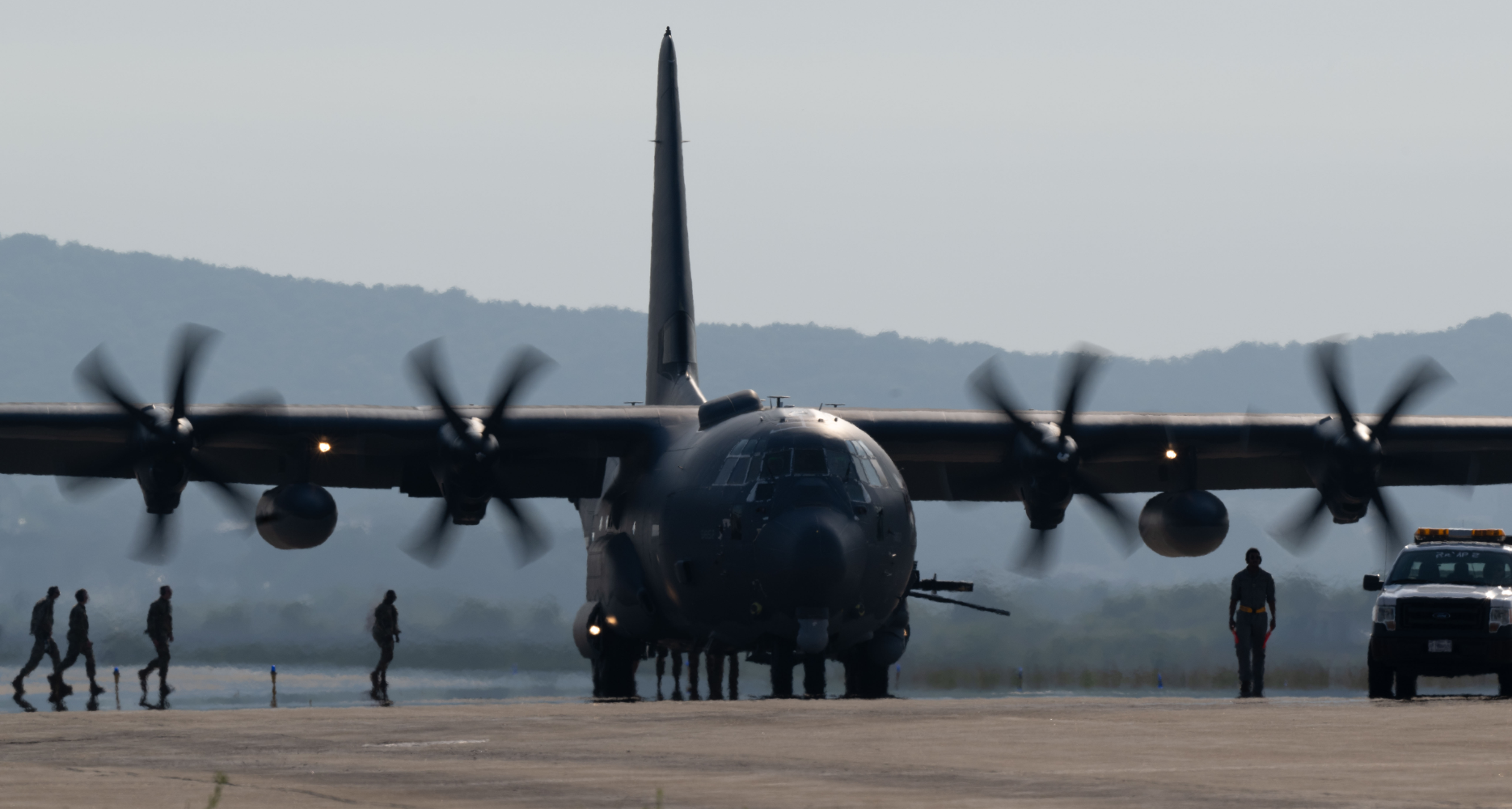 A U.S. Air Force AC-130J Ghostrider gunship taxis at Osan Air Base, June 12, 2024 | Image: U.S. Forces Korea SEOUL’S BARGAINING CHIPS South Korea lacks the power to halt the USFK’s mission shift, but it retains meaningful leverage in shaping how the transition unfolds. Shipbuilding is one area where Seoul holds weight. With China having outpaced the U.S. Navy in total hull count, Washington faces a growing capacity gap. South Korea’s shipyards, which are among the world’s most efficient, can help fill it. Trump has twice raised the possibility of deeper shipbuilding cooperation with South Korea — first with Yoon, then again with Acting President Han Duck-soo — signaling that this remains a live channel for negotiation. Semiconductors offer another point of leverage. Despite U.S. efforts to reshore chip production, American fabs remain years behind. Meanwhile, South Korean tech giants like Samsung and SK Hynix continue to underpin the global supply chain for both logic and memory chips, and by extension, U.S. tech competitiveness. South Korea’s growing defense exports also carry weight. From NATO member states to Middle Eastern partners, Seoul has positioned itself as a reliable supplier capable of delivering at speed and scale. These exports relieve pressure on the U.S. and offer a hedge against supply chain vulnerabilities, particularly as systemic delays in the American arms industry have delayed Taiwan’s arms procurement. Geography matters, too. The U.S. military’s Indo-Pacific posture relies heavily on South Korean bases for mobility, intelligence and logistics. In any Taiwan conflict scenario, Seoul’s geographic location is essential. While these assets are not sufficient to allow Seoul to veto Washington’s plans to repurpose USFK’s mission, they do give the ROK tools it can deploy to shape the terms of that transformation. 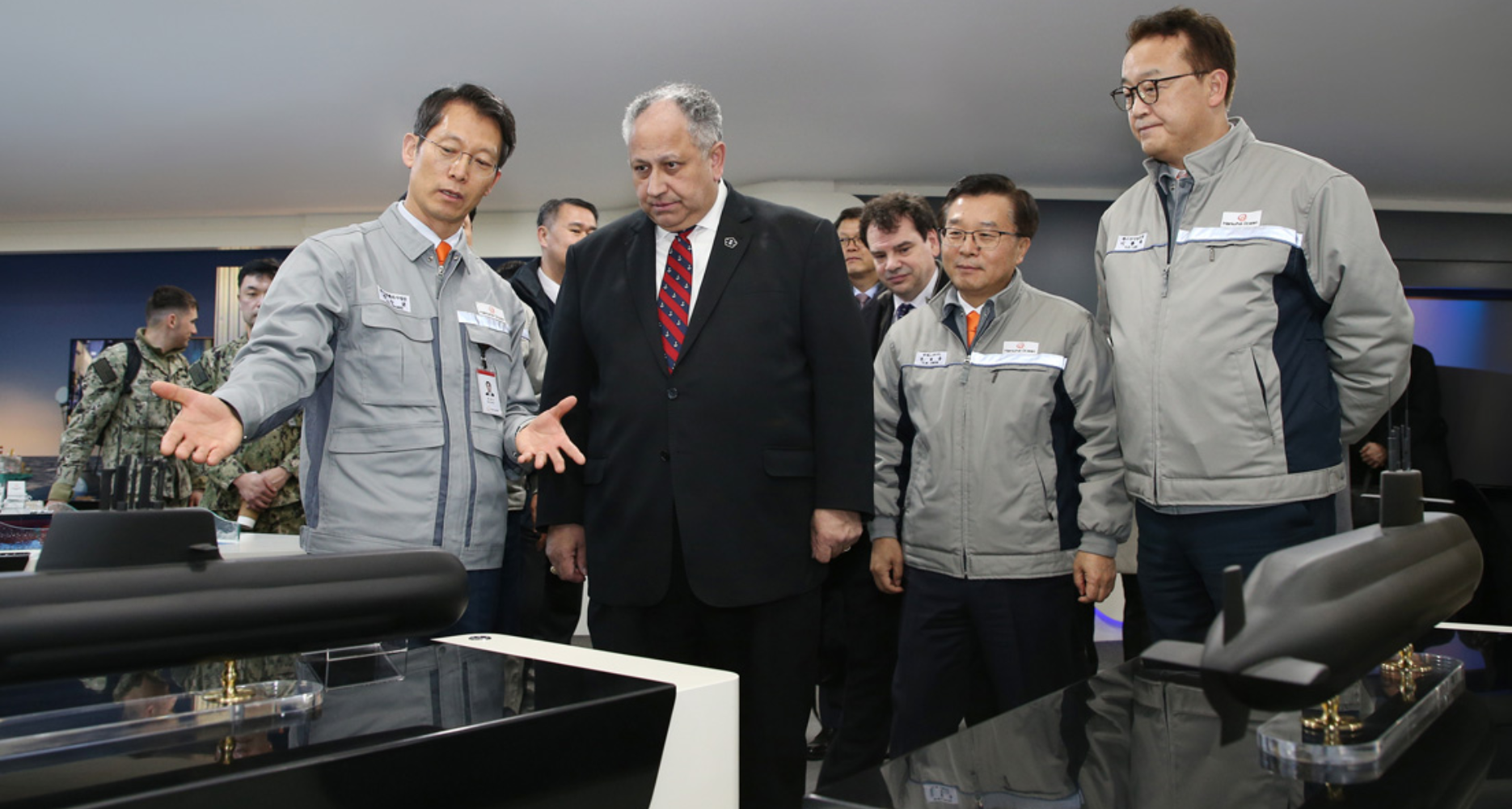 Then-U.S. Secretary of the Navy Carlos Del Toro visits Hanwha Ocean to inspect a shipbuilding site and the company’s MRO capabilities, Feb. 27, 2024 | Image: Hanwha Ocean WHAT SEOUL WILL WANT South Korea will expect concrete concessions in exchange for accommodating Washington’s shift in USFK’s mission. For its part, Washington will evaluate those demands transactionally. Seoul will likely push for a permanent redeployment or replacement of Patriot systems. With Washington treating USFK as a mobile force, Seoul will want to ensure its own defense gaps are filled. Tariff relief will also be a priority. The Trump administration’s reciprocal tariff regime remains suspended, not repealed, and South Korea will seek permanent exemptions for key exports, especially automobiles, steel and semiconductors. Seoul will also call for tariff carve-outs for South Korean firms operating in China, citing competitive pressures and compliance costs. The next South Korean government may also demand equal footing with Japan in regards to Taiwan contingency planning. While it is unlikely that Seoul will seek full integration into command structures, as such a move would invite China’s wrath, the ROK will seek a formal role to avoid getting sidelined by Tokyo. Seoul may also raise the issue of nuclear-powered submarines, a long-standing ambition. Though past U.S. administrations have rejected such requests outright, South Korea may test the waters again. 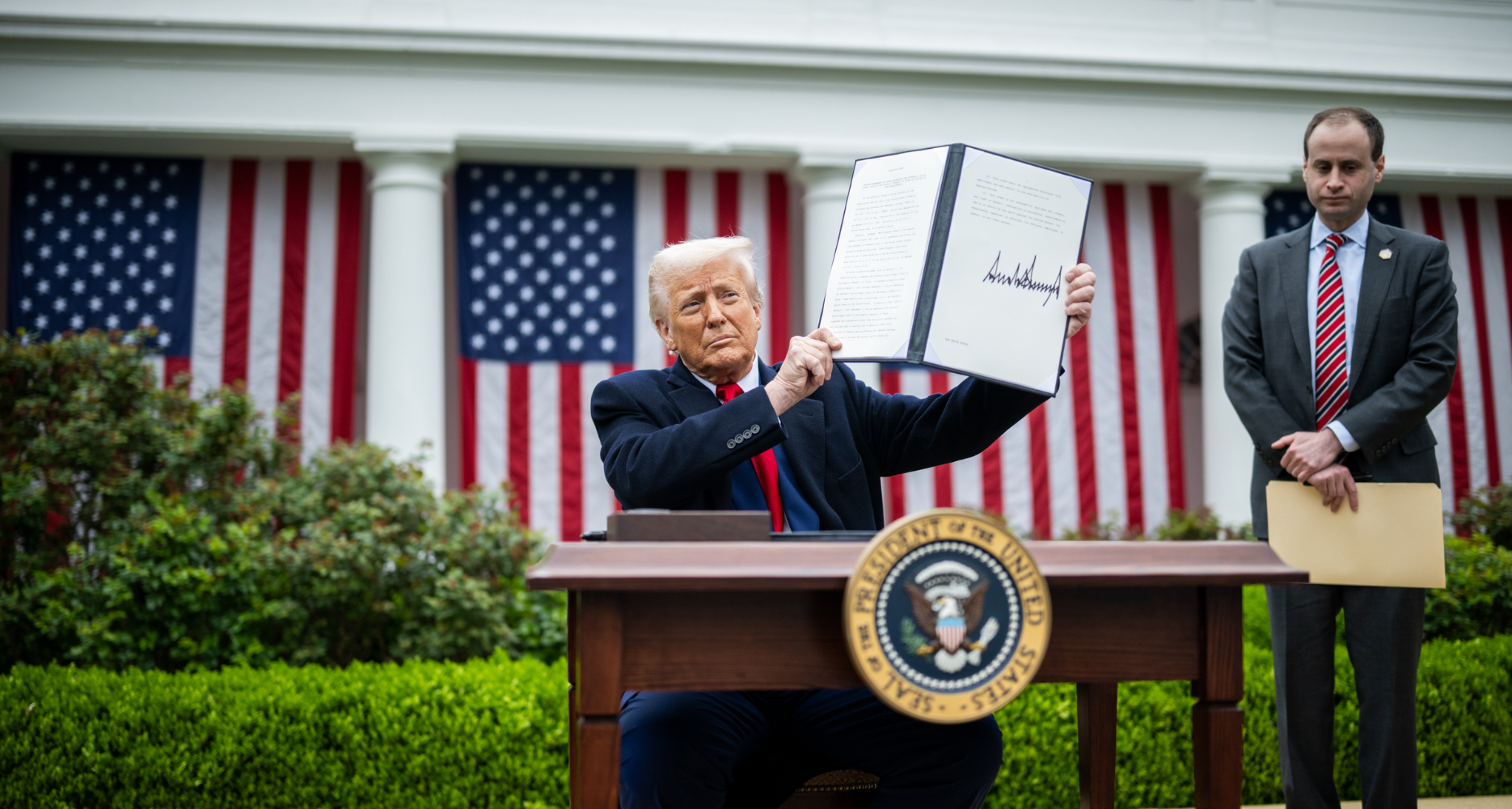 U.S. President Donald Trump signs an executive order imposing reciprocal tariffs on all trade partners, April 2, 2025 | Image: White House WHAT WASHINGTON MIGHT GIVE Washington is unlikely to meet all of Seoul’s demands, but certain concessions fall within the realm of possibility, particularly those that align with broader U.S. strategic interests. For instance, the U.S. will likely agree to redeploy missile defense systems to the ROK, especially if Seoul is willing to shoulder a greater share of the financial or logistical burden. Revised cost-sharing agreements could accompany any return of Patriot batteries. Tariff relief is also negotiable. Trump’s decision to pause reciprocal tariffs for 90 days and his government’s decision to prioritize trade negotiations with allied nations, including South Korea and Japan, indicate that he may view tariffs as a tool for leverage. If the ROK signals willingness to deepen military or technological alignment with U.S. goals, Washington may reciprocate with calibrated reductions targeting key export sectors. However, tariff carve-outs for South Korean firms operating in China are unlikely. Despite Trump’s recent remark that appears to favor diffusing the trade war with China, the bipartisan pressure to decouple from China remains strong. At best, Seoul may secure temporary waivers or streamlined compliance processes, but Washington is unlikely to offer South Korean firms a permanent tariff exemption. While the U.S. may recognize Seoul’s participation in Taiwan contingency planning symbolically, it will likely refuse to include the ROK as part of its strategic command axis with Tokyo. Even though former Democratic Party leader Lee Jae-myung, the frontrunner, has adopted a “centrist-conservative” stance ahead of the snap presidential election, his past opposition to increased joint defense costs and hostility toward Japan has likely resulted in a trust deficiency with those two countries. On the nuclear-powered submarine request, U.S. opposition remains entrenched, and a policy reversal is improbable. 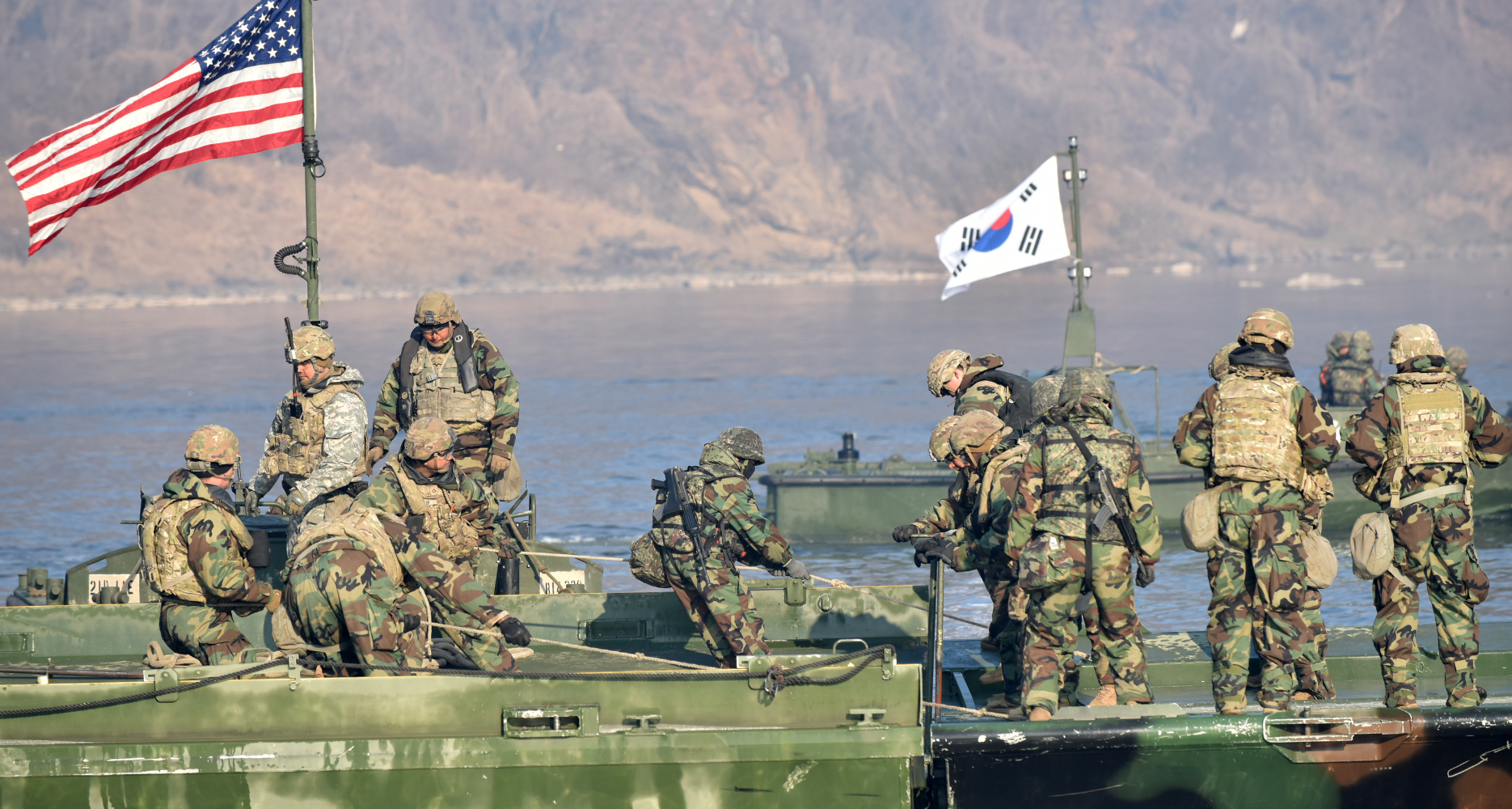 U.S. and ROK troops complete construction on a joint bridge during a combined wet gap crossing exercise near the Imjin River in Paju, Gyeonggi Province, March 20, 2024 | Image: U.S. Forces Korea THE NEW ALLIANCE MODEL The USFK’s role as a static security guarantee is over. While South Korea lacks the power to reverse this shift, it retains the capacity to shape the conditions under which it unfolds. Doing so will require a coherent strategic posture: clarity on national priorities, discipline in negotiation and the foresight to distinguish between symbolic wins and structural gains. With a new South Korean administration set to take office, the window for proactive negotiations is about to open. And Seoul’s ability to influence those negotiations will depend on how well it prepares now. Edited by Bryan Betts Editor’s note: Washington is poised to change the mission of U.S. Forces Korea (USFK) to prioritize regional contingencies, particularly a conflict in the Taiwan Strait, and while South Korea will likely accept the shift, it will demand concessions in return. The Trump administration has not formally announced a change to USFK’s role, but the strategic shift is already underway. The Pentagon’s quiet removal of multiple Patriot systems from South Korea for redeployment to the Middle East signal that Washington no longer treats the Korean Peninsula as a distinct theater of war. Get your
|
|
Analysis Why South Korea will concede to US plans to use troops on peninsula for TaiwanTrump’s Indo-Pacific pivot leaves Seoul little room to object, but it has leverage to bargain for strategic returns  Washington is poised to change the mission of U.S. Forces Korea (USFK) to prioritize regional contingencies, particularly a conflict in the Taiwan Strait, and while South Korea will likely accept the shift, it will demand concessions in return. The Trump administration has not formally announced a change to USFK’s role, but the strategic shift is already underway. The Pentagon’s quiet removal of multiple Patriot systems from South Korea for redeployment to the Middle East signal that Washington no longer treats the Korean Peninsula as a distinct theater of war. © Korea Risk Group. All rights reserved. |








